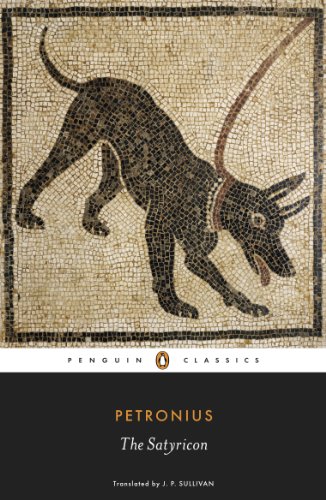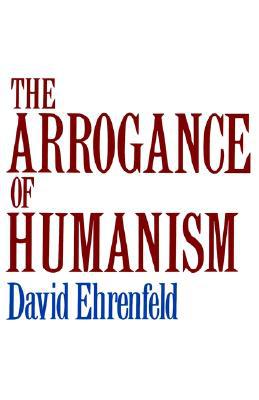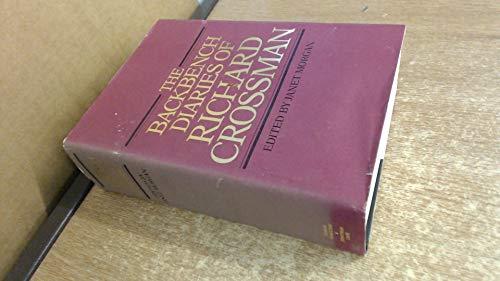The Comparative Method in Evolutionary Biology (Oxford Series in Ecology and Evolution)
Harvey, Paul H.
Pagel, Mark D.
From Darwin Onward, It Has Been Second Nature For Evolutionary Biologists To Think Comparatively, Because Comparisons Establish The Generality Of Evolutionary Phenomena. Do Large Genomes Slow Down Development? What Lifestyles Select For Large Brains? Are Extinction Rates Related To Body Size? These Are All Questions For The Comparative Method, And This Book Is About How Such Questions Can Be Answered. It Examines How The Comparative Method Complements Other Approaches, Identifies The Biological Causes Of Similarity Among Species, And Discusses Methods For Reconstructing Phylogenetic Trees, Along With Many Other Topics. The Book Will Interest All Students, Professionals, And Researchers In Evolutionary Biology, Ecology, Genetics And Related Fields. Annotation Published: April 2016. The Idea Of Studying Evolution Through The Comparison Of Similar Patterns And Processes In Different Species Of Organisms Has Had A Central Role In Such Studies Since Early In The 19th Century. It Is Widely Agreed That Closely Related Species Will Respond In Comparable Ways To Similar Selective Forces, Such As Environmental Change. This Implies That One Must Understand The Phylogeny, Or Evolutionary History, Of The Organisms Under Study, As Well As Be Able To Test Alternative Hypotheses Of Adaptation. These Are The Major Points Behind This Book, Which Concentrates On The Statistical Approaches Used In Developing Such Tests. Introductory Chapters Discuss The Importance Of Phylogeny In Comparative Biology And Methods For Its Determination, While A Final Section Discusses Approaches To The Study Of Allometry, The Changes In Shape Related To Modifications Of Body Size. The Background To Phylogenetic Systematics Is Probably Better Presented In D.r. Brooks And D.a. Mclennan, Phylogeny, Ecology And Behavior (ch, Feb'92), Which Is More Concerned With The Ecological Implications Of Phylogeny. The Book Under Review Is Somewhat Dense And Verbose, And Requires A Good Mathematical Background. Graduate Level.-e. Delson, Herbert H. Lehman College, Cuny--choice Review. The Comparative Method For Studying Adaptation -- Why Worry About Phylogeny? -- Reconstructing Phylogenetic Trees And Ancestral Character States -- Comparative Analysis Of Discrete Data -- Comparative Analysis Of Continuous Variables -- Determining The Forms Of Comparative Relationships. Paul H. Harvey, Mark D. Pagel. Includes Bibliographical References (p. [206]-229) And Indexes.
| Name in long format: | The Comparative Method in Evolutionary Biology (Oxford Series in Ecology and Evolution) |
|---|---|
| ISBN-10: | 0198546408 |
| ISBN-13: | 9780198546405 |
| Book pages: | 248 |
| Book language: | en |
| Edition: | 1 |
| Binding: | Paperback |
| Publisher: | Oxford University Press |
| Dimensions: | Height: 6.19 Inches, Length: 0.6 Inches, Weight: 0.87964442538 Pounds, Width: 9.19 Inches |














